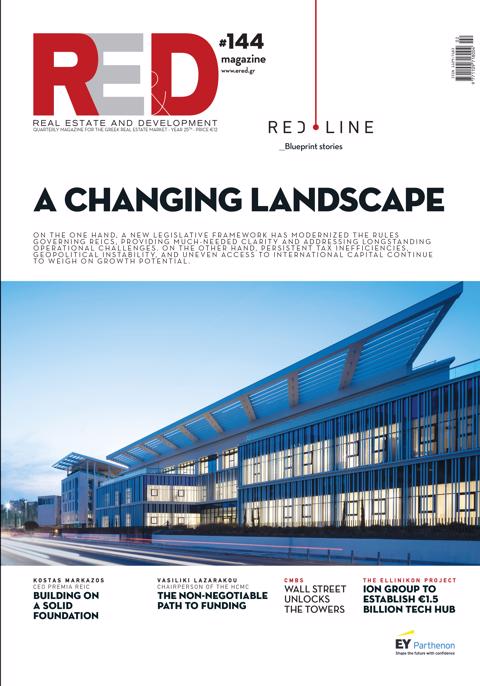Investment strategies grounded in ESG (Environmental, Social, and Governance) criteria have become the focal point of an increasingly politicized debate in the United States. Once regarded as a marker of corporate responsibility and strategic foresight, ESG considerations have now become a contentious issue in several U.S. states. States such as Texas, Oklahoma, and Florida have enacted legislation against ESG-based investment practices, explicitly prohibiting public pension funds from allocating capital to funds that exclude fossil fuel-related assets. The result is a regulatory landscape marked by uncertainty and contradiction.
Against this backdrop, the European real estate market is gradually emerging as a compelling and comparatively stable alternative for investors who continue to view sustainability not merely as a compliance obligation but as a strategic opportunity. The European Union has implemented a comprehensive regulatory framework for sustainable finance, with instruments such as the EU Taxonomy and the Sustainable Finance Disclosure Regulation (SFDR) mandating greater transparency and measurable sustainability performance.
The contrast between the two regions is striking. While in the U.S. several states question the merits of a green transition—and in some cases actively penalize ESG-aligned investment vehicles—European regulators are not only encouraging but, in effect, requiring the adoption of sustainability criteria. The result is a regulatory environment that is more stable, transparent, and predictable—factors that are particularly appealing to institutional investors seeking long-term returns coupled with a positive environmental impact.
Notably, the backlash against ESG investing in the U.S. is not limited to the legislative sphere. It is accompanied by legal challenges, resignations from corporate boards, and the cancellation of major green infrastructure projects amid fears of political retaliation at the state level. This climate of uncertainty disproportionately affects long-term investors—such as pension funds and university endowments—that have historically supported projects in renewable energy, sustainable housing, and green infrastructure.
Meanwhile, data suggests that ESG-aligned portfolios have outperformed in jurisdictions where such strategies are supported. According to ImpactAlpha, over the past decade, public pension funds in “blue” states have generated returns totaling $159 billion more than those in “red” states. This finding bolsters the argument that sustainability and financial performance are not mutually exclusive—in fact, they can be mutually reinforcing.
This leads to a critical question: to what extent will this political and investment divergence in the U.S. result in a tangible reallocation of capital toward Europe? While it is too early for definitive conclusions, initial indicators are promising. European sustainable real estate funds are experiencing increased inflows from U.S.-based portfolios, while markets such as the Netherlands, Sweden, and Germany are gaining momentum in the green property sector.
London—despite no longer being part of the EU—continues to attract ESG-conscious investors, largely due to the expertise of its asset managers and the dynamism of its real estate sector. Likewise, France and Spain are witnessing rising demand for urban regeneration and mixed-use developments that prioritize energy efficiency and social integration. Greece, too, is gradually gaining traction in sustainable urban development, particularly in tourism-oriented and coastal investment projects, often leveraging European funding instruments.
Perhaps the most critical factor at play is predictability. Investors—whether institutional or private—seek regulatory frameworks that are not subject to change with every election cycle or gubernatorial shift. Europe, with its long-term commitments to sustainability and clear policy direction, appears to offer precisely this kind of stability.
Undoubtedly, Europe is not without its challenges. Bureaucratic hurdles, higher taxes, and regulatory complexities can act as deterrents. However, for investors focused on long-term stability, efficiency, and—above all—dedication to sustainable outcomes, the continent may represent a new safe haven.
The question is no longer whether Europe stands to benefit from the ESG crisis in the United States. The real question is how quickly and effectively it can respond and seize this opening. In a world undergoing rapid transformation, speed may well prove to be the ultimate competitive advantage.















